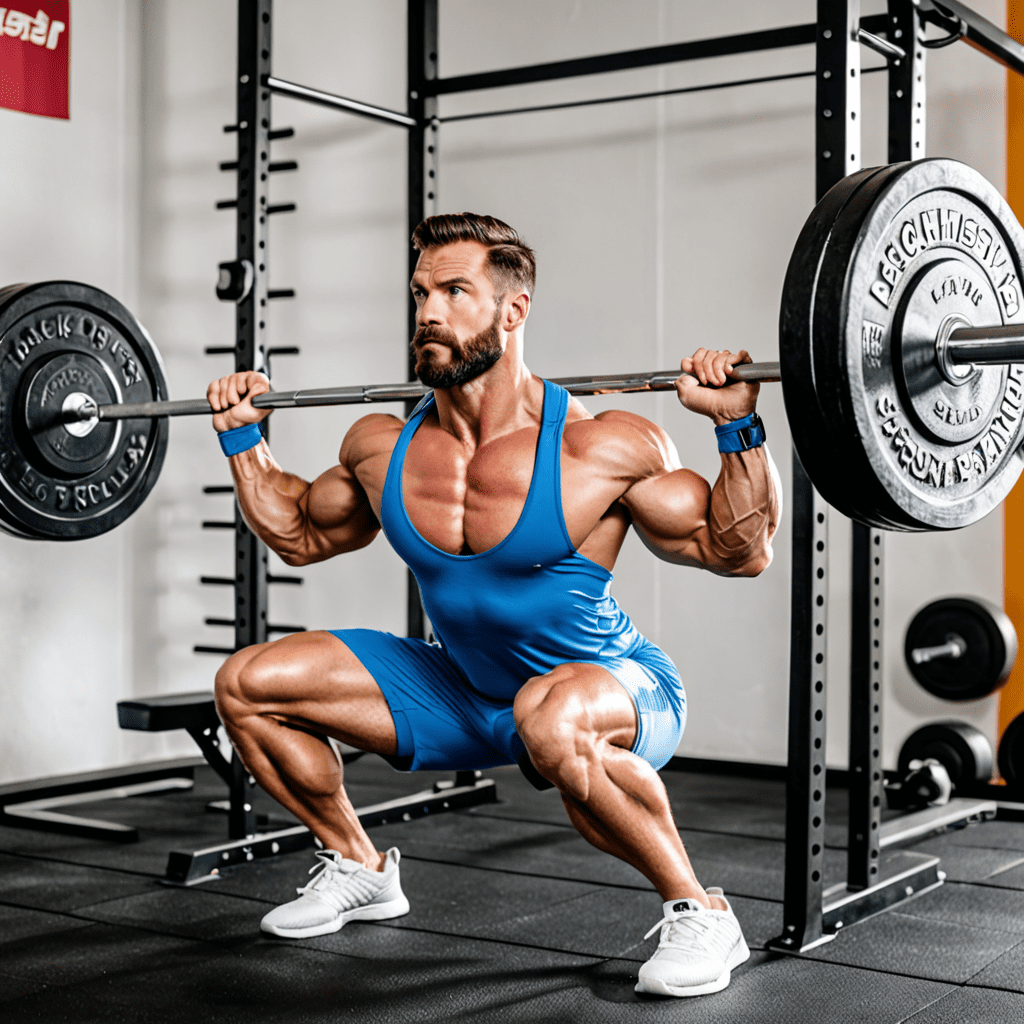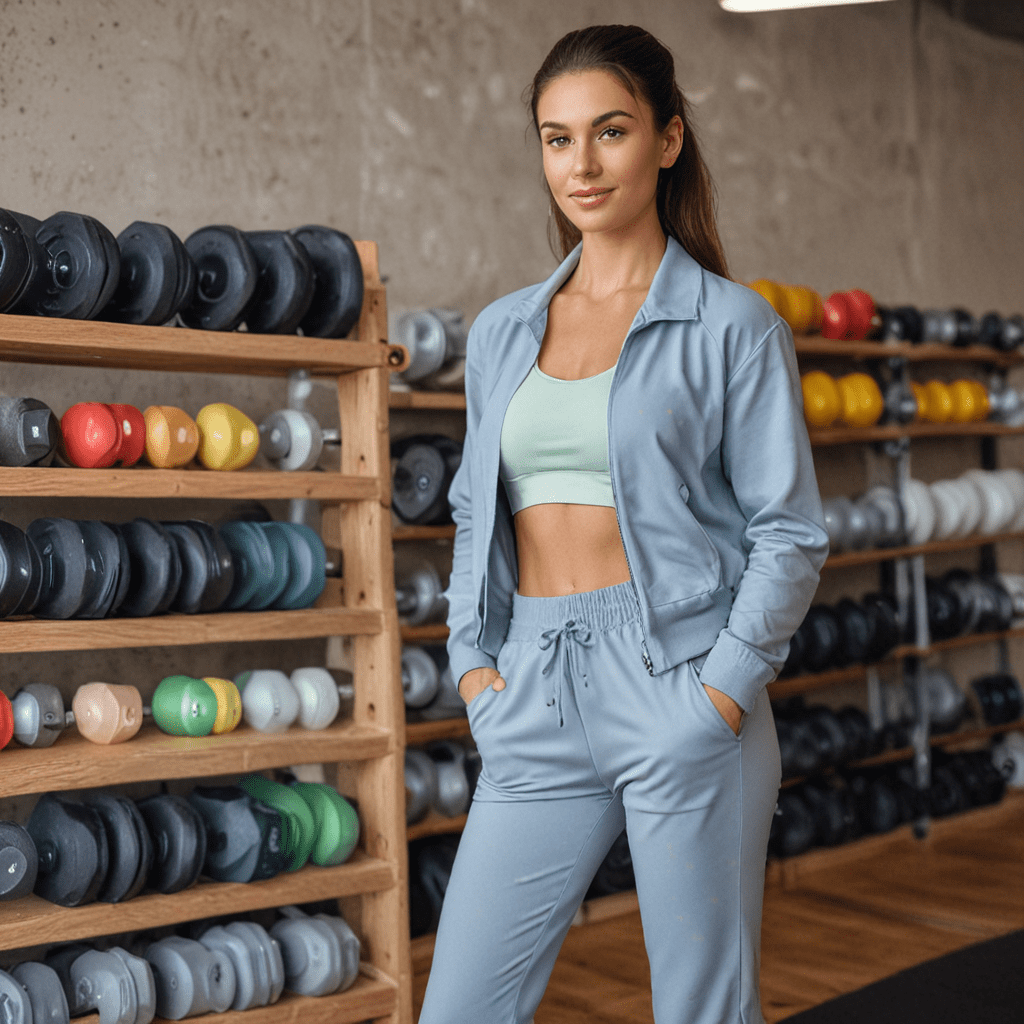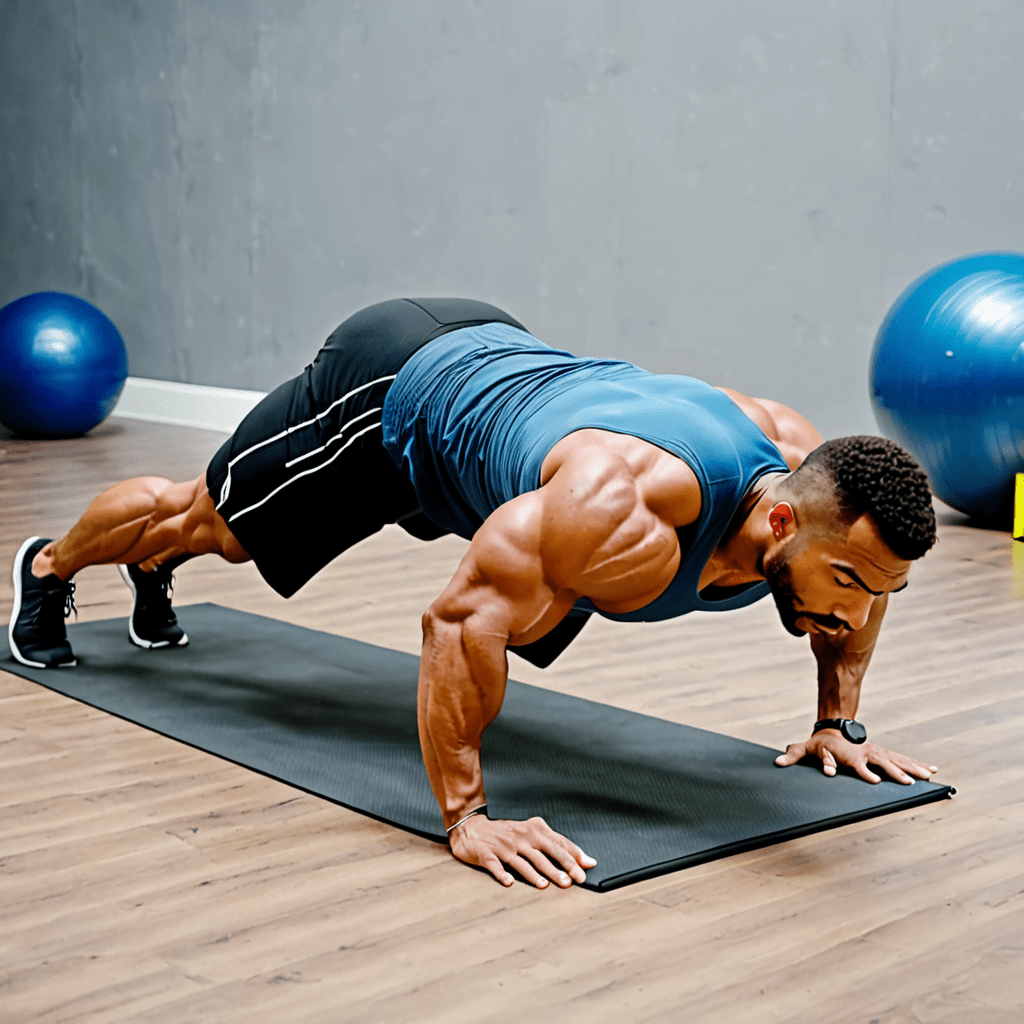
The Proper Barbell Positioning for a Stronger Squat
When it comes to performing squats with a barbell, it’s essential to have the correct barbell positioning to maximize your strength and avoid injury. The way you hold the barbell can significantly impact your squat form and overall performance. In this article, we will discuss the different barbell positions and provide step-by-step instructions on how to hold the barbell for a squat correctly.
Barbell Back Squat Position
The most common and traditional way to hold a barbell for a squat is the high bar back squat position. This position involves placing the barbell on the upper traps and resting it across your shoulders. Here’s how to do it:
- Approach the barbell with your feet shoulder-width apart and the bar resting on the squat rack at an appropriate height.
- Position yourself under the bar, ensuring it is centered.
- Bring your hands slightly wider than shoulder-width apart and grip the bar firmly.
- Duck under the bar and position it on your upper traps, allowing it to rest comfortably on your shoulders.
- Lift the bar slightly off the rack and step back, making sure your feet are in the desired squat stance.
- Engage your core, keep your chest lifted, and squat down, maintaining proper form.
The high bar back squat position is ideal for individuals looking to target their quadriceps and glutes, as it allows for a more upright torso position during the squat movement.
Barbell Front Squat Position
The barbell front squat position places the barbell on the front of your shoulders. This variation requires excellent mobility and upper body strength. Here’s how to hold the barbell for a front squat:
- Approach the barbell with your feet shoulder-width apart and the bar resting on the squat rack, slightly below shoulder height.
- Position yourself under the bar, ensuring it is centered.
- Cross your arms, creating a shelf with your hands resting on your shoulders.
- Duck under the bar and position it on your front shoulders, keeping your elbows high.
- Lift the bar slightly off the rack and step back, ensuring your feet are in the proper squat stance.
- Engage your core, keep your chest lifted, and squat down, maintaining proper form.
The front squat emphasizes the quadriceps while also engaging the core and upper back muscles. It is an excellent option for those looking to improve core stability and front squat strength.
Barbell Overhead Squat Position
The barbell overhead squat is an advanced variation that requires significant shoulder mobility and stability. This movement involves holding the barbell overhead while performing a squat. Here’s how to hold the barbell for an overhead squat:
- Approach the barbell with your feet hip-width apart and the bar resting on the squat rack at a height slightly above your head.
- Position yourself under the bar, ensuring it is centered.
- Bring your hands wider than shoulder-width apart, gripping the bar with a wide snatch grip.
- Duck under the bar and position it directly overhead, with your arms extended and the bar in line with your heels.
- Lift the bar slightly off the rack and step back, making sure your feet are in the desired squat stance.
- Engage your core, keep your chest lifted, and squat down, maintaining proper form.
The overhead squat challenges your entire body’s stability and mobility, targeting your core, shoulders, and lower body muscles. It is often used by weightlifters and competitive athletes to enhance overall strength and power.
Barbell Safety Squat Position
The barbell safety squat, also known as the yoke squat, is an excellent variation for individuals with limited shoulder mobility or discomfort. In this position, the barbell is secured across your upper back and held in place by safety squat or yoke handles. Here’s how to hold the barbell for a safety squat:
- Approach the barbell with your feet shoulder-width apart and the bar resting on the squat rack, slightly below shoulder height.
- Position yourself under the bar, ensuring it is centered.
- Place the safety squat or yoke handles over your shoulders, with the barbell resting on the handles and secured in place.
- Lift the bar slightly off the rack and step back, ensuring your feet are in the proper squat stance.
- Engage your core, keep your chest lifted, and squat down, maintaining proper form.
The safety squat is an excellent option for those experiencing discomfort or limited range of motion in the traditional back squat position. It provides added support and can help alleviate strain on the shoulders and wrists.
Barbell Zercher Squat Position
The barbell Zercher squat is an unconventional squat variation that involves cradling the barbell in the crook of your elbows. This position challenges your core and upper body strength while targeting the lower body muscles. Here’s how to hold the barbell for a Zercher squat:
- Approach the barbell with your feet shoulder-width apart and the bar resting on the squat rack at an appropriate height.
- Position yourself next to the bar, facing away from it.
- Squat down and grasp the bar with a double underhand grip, bringing the barbell into the crook of your elbows.
- Stand up, keeping your elbows close to your body and holding the barbell securely.
- Step back, ensuring your feet are in the desired squat stance.
- Engage your core, keep your chest lifted, and squat down, maintaining proper form.
The Zercher squat places a unique stress on your core and upper back muscles, making it an effective variation for developing functional strength.
Frequently Asked Questions (FAQ)
Q: Can I use a pad or towel for extra cushioning when holding the barbell?
A: While some individuals choose to use a pad or towel to provide extra cushioning, it may affect your stability and ability to control the barbell properly. It’s generally recommended to develop your tolerance and mobility without relying on additional padding.
Q: How do I know if I have the correct squat form?
A: Proper squat form involves various factors such as depth, knee position, and back angle. It’s crucial to get professional guidance or work with a qualified trainer to ensure you perform squats with correct form and prevent any potential injuries.
Q: How should I progress when it comes to barbell squatting?
A: Gradual progression is key when it comes to improving strength and performance in squats. Start with lighter weights and focus on mastering proper form before gradually increasing the load. Consistency, patience, and progressive overload are essential for long-term progress.
Q: Can I modify the barbell positions if I have specific limitations or injuries?
A: If you have specific limitations or injuries, it’s crucial to consult with a healthcare professional or a qualified trainer who can provide you with appropriate modifications or alternative exercises that cater to your needs.
Q: Are there any other squat variations I should consider?
A: Yes, there are various squat variations you can explore, such as the goblet squat, Bulgarian split squat, or lunges. These variations target different muscles and add variety to your training routine, helping you develop well-rounded strength and stability.
Remember, proper barbell positioning is crucial for a safe and effective squat. Always prioritize proper form and listen to your body. With consistent practice and guidance, you can squat with confidence, improve your strength, and achieve your fitness goals.


